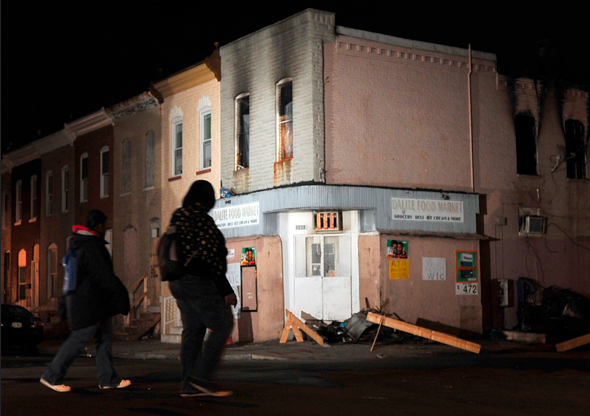The final count is in! The federal government will be providing health insurance exchanges for 26 states. On February 15th, states had their last chance to opt for a federal partnership to run an exchange – essentially an online marketplace for health insurance. States will always have the option to take control of the exchanges themselves (which the feds would prefer), but for now only the other 24 states have chosen to set up their own and have them running by October 1st of this year.
Some states were skeptical that they would have the funds and manpower ready to meet that deadline. But many Republican-led states simply refused to run their own exchanges because they didn’t want to be a part of Obamacare, despite the fact that most Americans agree that exchanges will work best under state control. The department of Health and Human Services ideally wanted all of the states to take control of the exchanges and will have to work hard to adjust its original plans, as has so often been the case for Obamacare. The story of the president’s signature reform has been one of change.
Indeed, that we have exchanges at all is the result of a shift in position. The basis for the exchanges is the individual mandate, which requires all U.S. citizens (with certain exceptions) to have health insurance by January 1, 2014. Originally, President Obama was against the individual mandate – a topic hotly debated in his primary battle with Hilary Clinton. Once president, he saw that there was no other choice. Without the mandate, the government couldn’t require insurers to turn away sick people as some people might wait until they were sick to buy insurance.
As of now, uninsured people with pre-existing medical conditions have been able to enroll in the government’s Pre-Existing Condition Insurance Plan, but the Obama administration announced Friday that they had to cap the plan due to financial restrictions. Other changes have been made since Obama originally proposed his vision for health reform. Obama had wanted to include a public option or a publicly-run insurance plan (similar to Medicare, which is government-run) to compete with the private insurers in the exchanges. This would potentially drive down insurance premiums and lower administrative and medical service costs.
But a public option would be tricky to get right since it wouldn’t work if too many people were enrolled, or too few. If enrollments in a public option were too numerous, providers wouldn’t be able to “cost shift” – currently, by charging higher premiums to private, fee-paying patients, doctors and hospitals gain back losses from providing services to Medicare patients, Medicaid patients and the uninsured. Conversely, if there were severe enrollment restrictions and too few people were enrolled in a public option, it would most likely be those with a high risk. This would leave the public option bankrupt and private insurers rolling in the dough from having so many healthy people enrolled.
And of course a public option is considered by conservatives to be a first-step toward a single-payer health system (a health system in which one entity pays for all health services), which liberals would cheer, but which they believe to be dangerous government intrusion on the workings of the market.
As a compromise on the public option, the Senate offered a Medicare expansion to enroll people at the lower age of 55. Neither this nor the public option could get passed so the Consumer Operated and Oriented Plan (CO-OP) was born. A CO-OP is a non-profit insurance plan controlled by the patients it insures and must be included in all state exchanges. The government is offering low-cost loans to both new groups and existing ones. Twenty-four states have received loans and their CO-OPs will be highly monitored to make sure they will repay loans and are meeting goals.
Even after clearing so many obstacles, many are still skeptical the plan for Obamacare can be carried out. Will a federal exchange be ready by October? For one, it’s an enormous feat of information technology and logistics that will need to connect many government departments such as Homeland Security (to verify citizenship) and the IRS (to determine subsidy eligibility). By July, insurance plans for the exchanges are expected to be chosen, but will HHS have and choose the best plans?
Could the federally-run exchange look like a public option?
Will states eventually take over their own exchanges?
Will people even know about the exchanges by next year?
Will the exchanges really provide competitions for insurers?
And will policymakers be forced to make yet more changes to address these questions?
As America’s great experiment with healthcare reform unfolds, only time will tell.

